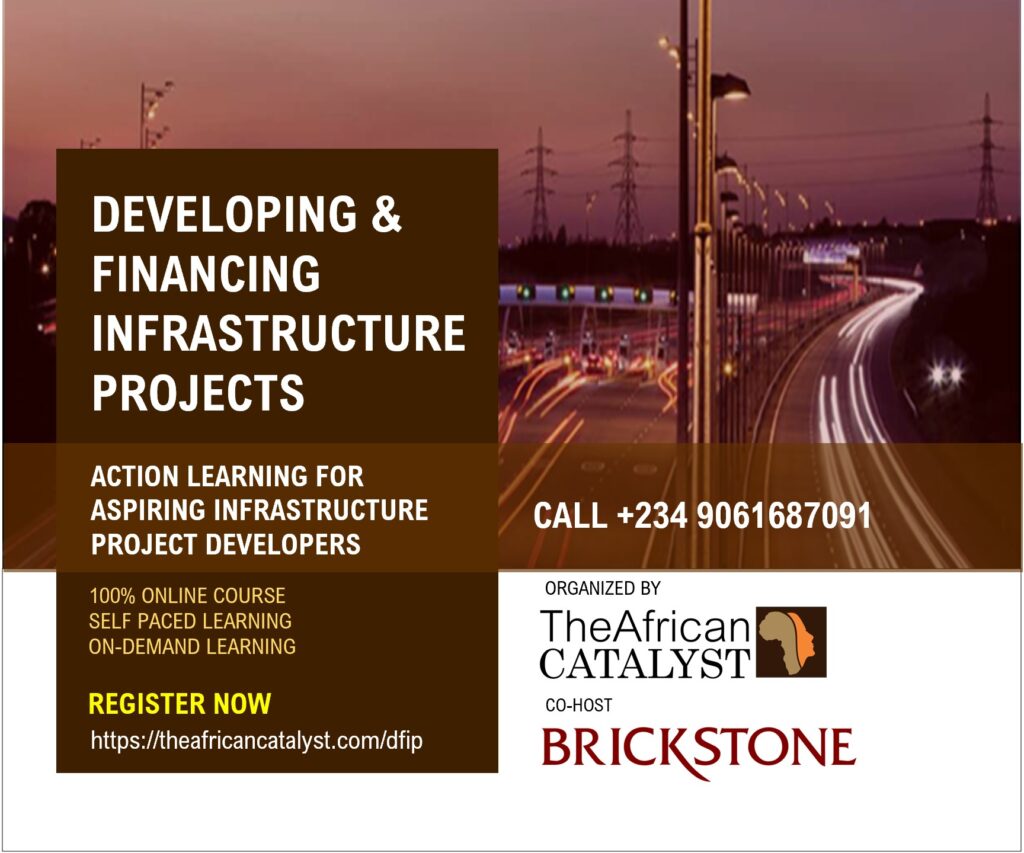How Insurance Can Help Mobilize Blended Finance for Projects in Africa
Blended Finance for African Projects
Blended finance — the process of structuring and combining public and private capital in order to facilitate investment — is a common theme in Africa. Project developers and development finance institutions (DFIs) are constantly looking at ways to structure this capital with varying risk profiles in order to support projects on the continent, with insurance beginning to play a more catalytic role in its deployment at scale.
This article by Brickstone Africa reviews Marsh’s publication on how insurance can be used in mobilizing blended finance for African projects, highlighting how blended finance works and how insurance risk capital can support blended finance in bridging Africa’s infrastructure gap.
How Blended Finance Works
The concept of blended finance recognizes that many emerging market projects require substantial investment and involve a high level of risk, which may deter private sector investors from backing these projects on their own. However, through a combination of public and private participation, both sets of investors can get more comfortable in undertaking the potential risks of these projects, with insurance playing a key role in risk mitigation.
Blended finance refers to the strategic use of public sources of capital to attract private investment in developing countries. It entails blending public capital, such as official development assistance (ODA) or funding by development financiers, with private capital.
Private capital is often deployed in the form of project equity through shareholder loans and/or share purchases. Meanwhile, public capital providers typically contribute through senior ranking project loans. These public loans often carry more favorable terms than those typically available in the wider market to encourage sponsors and host governments to create the necessary contractual, regulatory and/or legal investment conditions for the project to secure funding and operate efficiently.
How Insurance Risk Capital Can Support Blended Finance
Surety, political risk, and non-payment insurance solutions are starting to play a more crucial role in the deployment of blended finance at scale. The advantages of using these risk transfer solutions include:
Surety
- Covers the performance risk of one party to another that exists in the development, funding, construction, operation, and decommissioning phases of an investment.
- Provides alternative solutions for bank letters of credit and can be very competitively priced. Deferred equity surety solutions are important instruments in the growing private power purchase agreement (PPA) space, which require financial commitment and performance guarantees.
Political Risk Insurance
- Helps mitigate the risk of significant losses stemming from government actions or inactions. Political risk insurance can be a key tool for lenders and investors in managing the underlying political risks associated with the project to safeguard the loan and/or investment.
- Can help meet the growing demands of investors looking to deploy capital in jurisdictions that are considered risky by combining private, multilateral, and public sources of political risk capacity.
- Can drive asset valuations allowing investors to derive greater value from the sale of assets supported by political risk insurance.
Non-payment Insurance
- Allows lenders to transfer the default risk associated with project finance loan obligations to well-rated insurers. Lenders can use non-payment insurance coverage to leverage their participation while operating within their internal prudential credit limits.
- Seen as an effective way to facilitate a greater amount of private capital into developing markets, as it covers loan obligations to multilateral borrowers under repack lending structures.
- Covers counterparty risk under PPAs, the General Agreement of the European Federation of Energy Traders (EFET), and gas supply agreements that can help investors have more confidence in the underlying non-payment risk of a project and be able to access greater capital.
Africa Faces Infrastructure Investment Gap
According to the World Bank, there is an abundance of capital, but not enough projects globally — pointing to the need for well-developed infrastructure pipelines. There still remains a significant infrastructure investment gap in Africa, estimated at US$100 billion by the African Development Bank.
According to one estimate, up to 80% of infrastructure projects identified never reach financial close due to low technical capabilities and limited financial resources being dedicated to developing feasibility studies and business plans. Furthermore, the political nature of development assistance and the budgetary implications for donor countries mean that the financing gap cannot be closed through increased aid and concessional lending alone.
Clearly, more capital needs to be made available during the early phases of project development. This has been recognized by several public agencies, which are now prepared to contribute early phase funding to help developers cover the costs of developing projects to international standards, the idea being that more projects will be fully financed. But this seed capital is often capped and generally requires the developer to cover 50% of the development costs.
But as more projects are developed to international standards, the effective use of insurance to protect against investment risks can encourage the deployment of more capital, especially from sources with a lower tolerance to risk.
The Future of Blended Finance and Insurance in Africa
As blended financing structures become more complex, publicly-owned, multilateral, and private non-payment and political risk insurers are collaborating more to meet the demands of managing project risk.
Investors able to consider providing a layer of first loss capital across a portfolio of investments might well be able to attract greater private and public participation as well as make the capital structure more attractive for insurers to participate. Investors able to communicate the financing strategy and how this fits the underlying demand in Africa as well as the investment risk profile should be able to accelerate the development of risk mitigation frameworks to help deploy capital at scale.
Read the complete report here.






